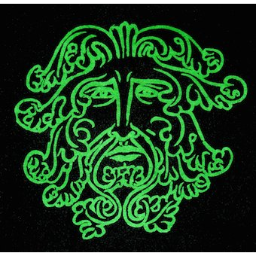Environment. A much used word by greenies and others. A word with many problems.
The common sense use of the word environment is to denote a set of characteristics about a place or space that can be perceived, as mediated by our senses.
It is a useful word. It has lots of uses - at its most useful it has a qualifying adjective - 'this environment' - the space we are in, 'the built environment' - the usually human created structures around us, 'the natural environment' - the large scale green stuff that we see. Now we get to the problem - very often 'the natural environment' is used to refer to much more - the whole web of life in this place, the eco-system, the ecology supporting it.
The trouble is that most people do not understand it in this sense - the environment is stuff you can see and touch. So Greens talking about pollution and resource depletion as "environmental issues" simply does not resonate with most people. It sounds like they are talking about airy-fairy clever-clever stuff that has no relation to the real world.
Meanwhile what actually matters in my environment is the litter on the streets, the new houses that are getting built, the noisy neighbours, the exotic cooking smells, the wind turbine on the hill - these are things I can see and relate to. These are environmental issues and they do not always map onto ecological concerns.
Greens really need to be clear that it is the state of the ecological systems that is of concern - and that will mean explaining how everything is connected using tools of simile and metaphor to build a narrative understanding that becomes part of a common mythology. It may even be useful to tap into older shared mythologies and make them relevant again. Fracking is like driving spears into the dragon that sleeps beneath the hill and you will awaken him and he will come forth spewing destruction; your water will turn to acid, your plants will shrivel and die, the earth will become barren.
Great care is needed when talking about environment. The wind turbines on the hill are part of a bigger system like the mushrooms in the fairy ring are part of a single fungus. The bees that take the nectar and spread the pollen are as essential to the flowering plant as its leaves and roots and the fungus the grows between the roots carrying nutrients. Daisy, the cow, that eats the meadow flowers returns her dung to the soil and moves on. Ultimately these are whole systems - ecological systems creating a web of life that extends far beyond any mere "environment".


Comments powered by CComment